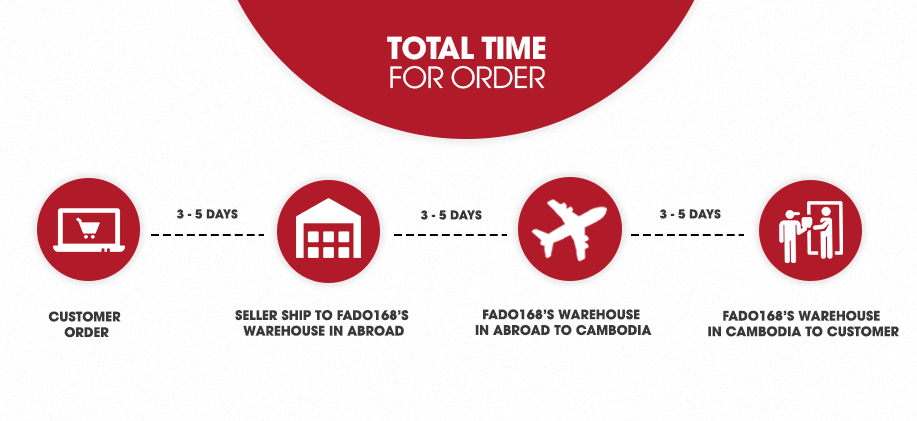Q1. How can I compare the true dehumidifying capacity of different dehumidifiers?
A1. Check the weight! Why? A dehumidifier's performance largely depends on the amount of 𝗰𝗼𝗽𝗽𝗲𝗿 inside. More 𝗰𝗼𝗽𝗽𝗲𝗿 means better dehumidifying power and energy efficiency. So, how can a lightweight unit claim such high capacity?The trick is that dehumidifying capacity varies with temperature and humidity—the higher these are, the more effective the unit appears. For example, the Gasbye DryPrime-50 model, weighing 43 pounds, pulls up to 115 pints/day at 86°F, 80% RH, 73 pints/day at 80°F, 60% RH, and 50 pints/day at 65°F, 60% RH. Some dehumidifiers claim 52 pints/day at 86°F, 80% RH but weigh just 34.6 pounds. Others even claim 100 pints/day at an extreme 95°F, 90% RH yet weigh only 30.9 pounds. You'll find that these lightweight models highlight their performance in high-temperature, high-humidity conditions to show inflated numbers. Even if you don't choose a Gasbye dehumidifier, we hope this tip helps you avoid common pitfalls when selecting a reliable unit.
Q2. Does the warm air from a dehumidifier increase AC costs in summer? Why do some dehumidifiers emit more warm air than others?
A2. Dehumidifiers work similarly to air conditioners, which also emit warm air during operation. Although this warm air slightly increases the AC's cooling energy use, it reduces the AC's dehumidification burden. By letting your air conditioner (2000-3000 watts) focus on cooling rather than dehumidifying, running a dehumidifier (500 watts) will typically lower your overall energy bill. Stronger dehumidifiers emit more warm air, while weaker ones emit less. We’ve observed that some consumers are pleased when their new dehumidifier emits less warm air than their old one. However, this often simply means that the new unit has a lower dehumidifying capacity. As mentioned above, the amount of warm air emitted by the dehumidifier does not increase your electricity bill. In fact, it can actually reduce it (counterintuitive but true—you can search for more information if interested.)
Q3. What's the difference between 300-500 watt compressor dehumidifiers and 60-100 watt semiconductor-based dehumidifiers? Which is more energy-efficient?
A3. In terms of cooling technology, compressor dehumidifiers are 5-6 times more efficient than semiconductor-based ones. Although a semiconductor-based dehumidifier consumes only 60-100 watts and seems more energy-efficient, you would need a bunch of them to effectively dehumidify a space larger than 300 sq ft. In contrast, a single 300-500 watt compressor dehumidifier can quickly reduce the humidity in a large room.
Q4. What environments are compressor-based dehumidifiers suitable for?
A4. The Gasbye DryPrime-50 is a compressor-based dehumidifier with an internal compressor that causes vibrations and noise. It operates at around 45dB and is relatively quiet, making it ideal for medium to large spaces like basements, garages, and spacious living rooms. In these areas, it won’t disturb you while working or watching TV. However, it’s not recommended for use in small spaces like bedrooms.
Q5. Is ENERGY STAR the same as ENERGY STAR Most Efficient? Are ENERGY STAR Most Efficient 2023 and ENERGY STAR Most Efficient 2025 the same?
A5. The US EPA has set two certification standards for dehumidifier energy efficiency. The ENERGY STAR certification indicates good energy efficiency, while the ENERGY STAR Most Efficient certification recognizes the top-performing products in energy efficiency. In 2025, the US EPA raised the most efficiency standards. Gasbye is the fastest brand to meet this new standard. This is because big brands often have large inventories of older models that need to be sold before introducing new standards, which can take 3-4 years.


